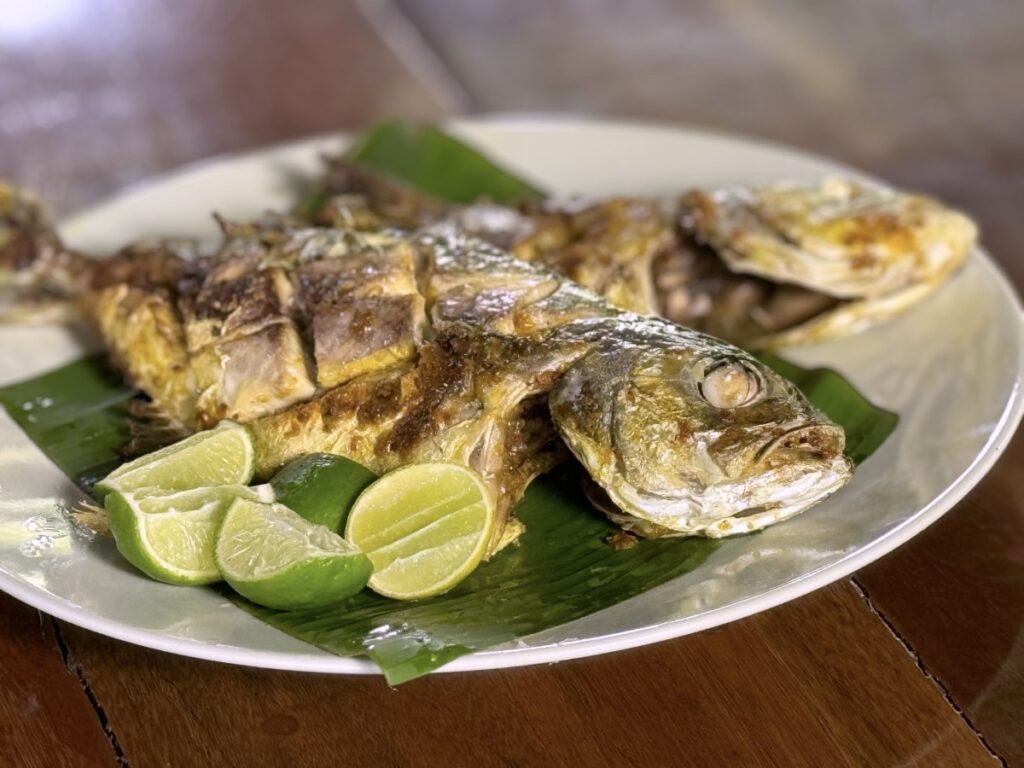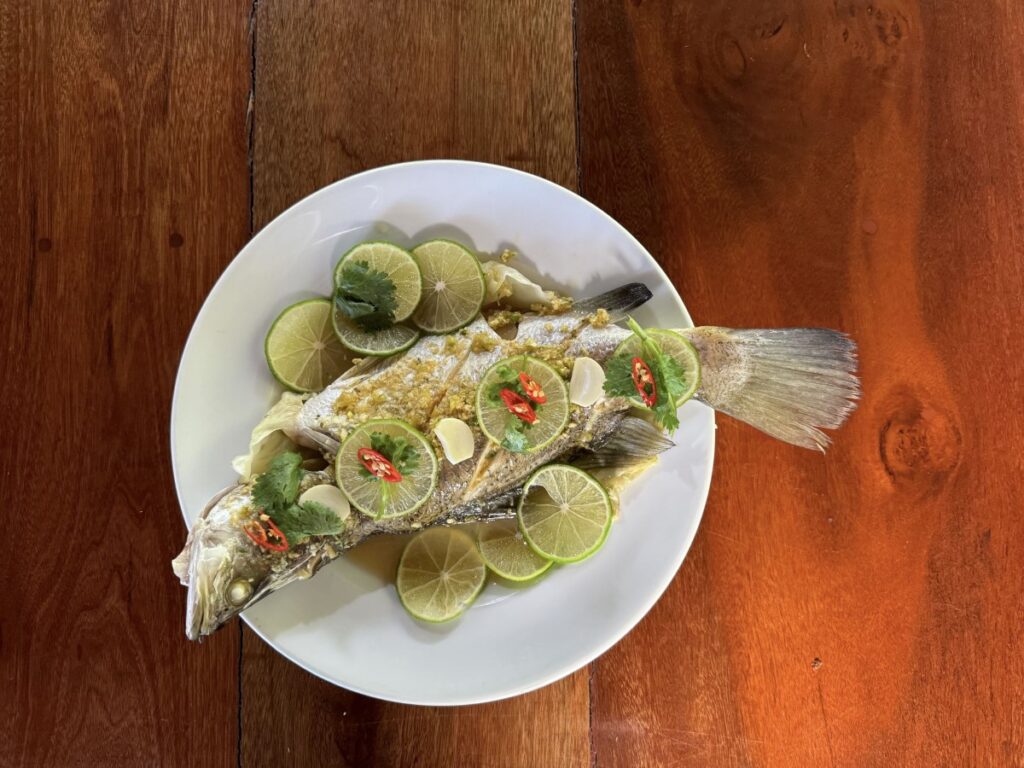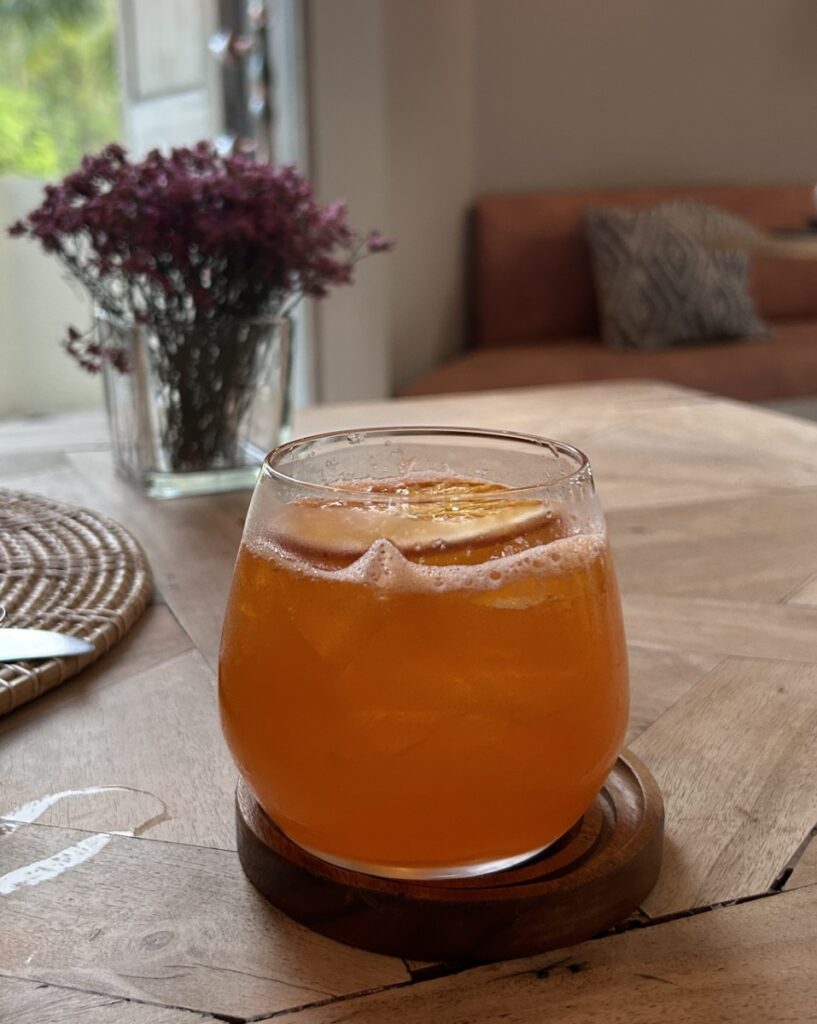There’s a new food connoisseur’s trail blazing across Thailand. With a good number of Michelin honours awarded to hidden gems and statement-making destination restaurants, the trail is perhaps best described as a constellation rather than an “all-star lineup.” Travellers have been drawn to Thailand in part because of its affordable comfort food. The nation’s inventive chefs, meanwhile, have drawn international attention with their elevated recipes.
The introduction of the Michelin Guide to Thailand in 2018, the second country in Southeast Asia to open its doors to the institution, is living proof that its regional cuisine and national staples continue to evolve and excite gourmands worldwide. The “Bib Gourmand” honours (named for the Michelin mascot Bibendum, The Michelin Man), focuses on affordable food vendors and casual restaurants around Asia that achieved — and continue to achieve — a level of excellence and originality making them a must-visit for locals and travellers who take their food seriously.
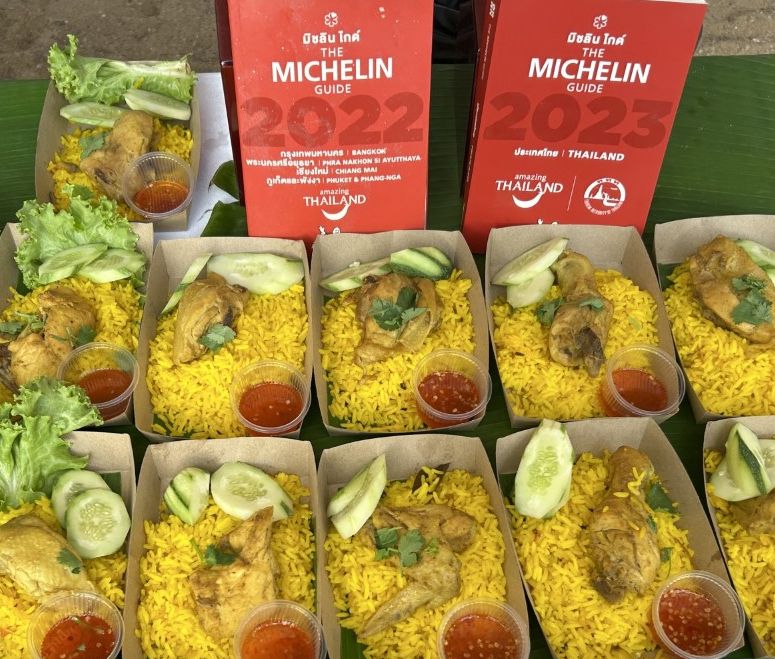
While the first Guide focused on Bangkok, later editions expanded to include restaurants elsewhere in Thailand. As of this year, there are an impressive number of restaurants dotting Southern Thailand’s islands and destinations along the coasts of the Andaman Sea. There are 25 in Phuket, 11 in the Phang-nga region (including Khao Lak), and eight in Surat Thani province where Koh Samui and Koh Phangan are located.
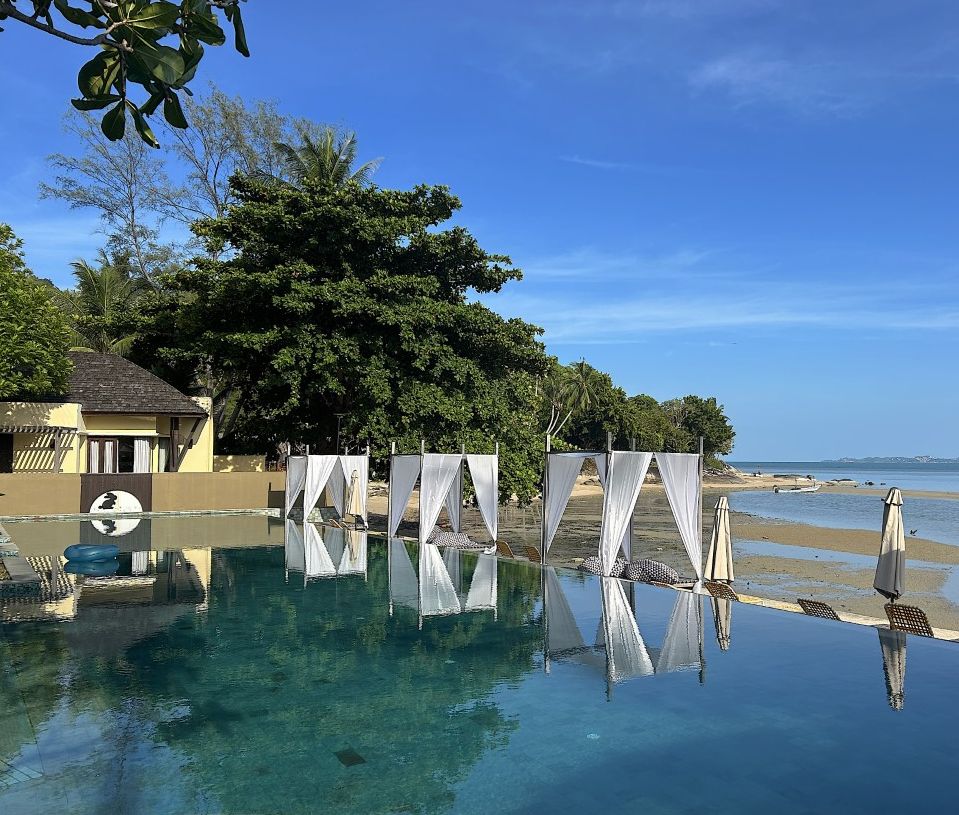
In the process of travelling through (and eating our way around) Southern Thailand this past summer, my travel companion and I also checked out several stellar places when a need arose to take a break from strictly Thai recipes. There were also interesting farm attractions tracing the roots of Thailand’s distinctive flavours, and laid-back and homely weekend food markets. The lure of the markets’ freshly picked produce, interesting home-spun pastries made with East-meets-West techniques, and fun spins on Indian samosas were irresistible.
While Northern and Northeastern Thai cooking has its fans for its prevalence of chili-heavy recipes, those familiar with Southern Thailand fare describe it as “coast-to-jungle cuisine” rich in fresh coconut milk, fish and seafood from the Andaman Sea, fermented elements (especially shrimp), and herbs that amp up or cool down the palate depending how they are used.
Tam Chudaree Debhakam, head chef and owner of Bangkok’s two Michelin Star-rated Baan Tepa, brings a chef’s perspective to the allure of Thailand’s bounty. “When deciding on where to travel for my next vacation, the key deciding factor is the food that I will experience when I’m there,” she said. “Quite often, I plan my trips around my meals, and honestly, I really have no shame in this. So what are some of my favourites? The barbecue skewers, the bing or papaya salads, the song fang, stir-fried dishes, hot cacao, and Pad Thai. Whether it’s restaurants or street food stalls that stay open late at night, the culinary scene here has made Thailand one of the top food destinations in Southeast Asia.”
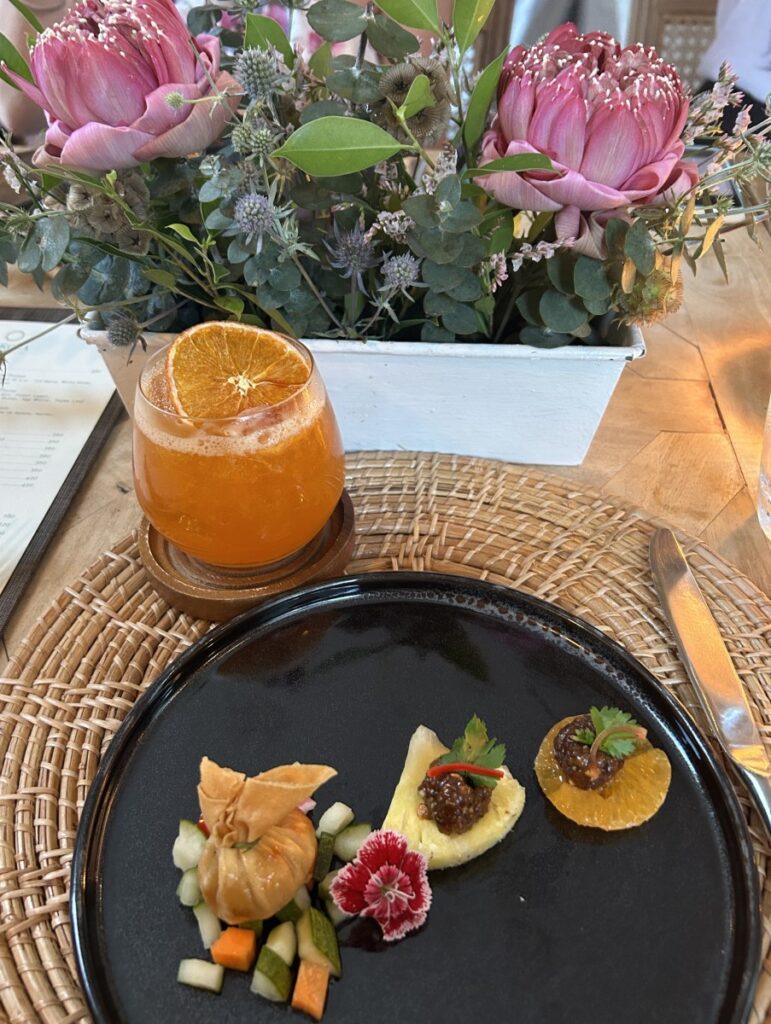
An intimate dinner at three-time Bib Gourmand recipient TAKOLA, inside the boutique five-star Devasom Resort, had my friends and I wondering why it has not yet earned its stars. Although the everyday menu at this restaurant named for the former major spice trading port (present-day Takua Pa City) fits the Bib Gourmand criteria, a nighttime feast and some inspired cocktails successfully balance white tablecloth refinement, respect for regional cooking traditions, and a bit of whimsy evidenced with its signature Sakuna Chom Suan (fried shrimp presented as adorable chicks), Nuea Nam Tok with Grilled Beef (spicy grilled Australian angus beef salad with roasted ground rice), Gaeng Pu Bai Cha-Phlu with Crabmeat (crab meat in curry with wild betel leaves with a rice vermicelli side), Gaeng Massamun with Chicken and Roti (chicken in Massaman peanut curry and coconut milk), and a Thai Omelet with Crabmeat.
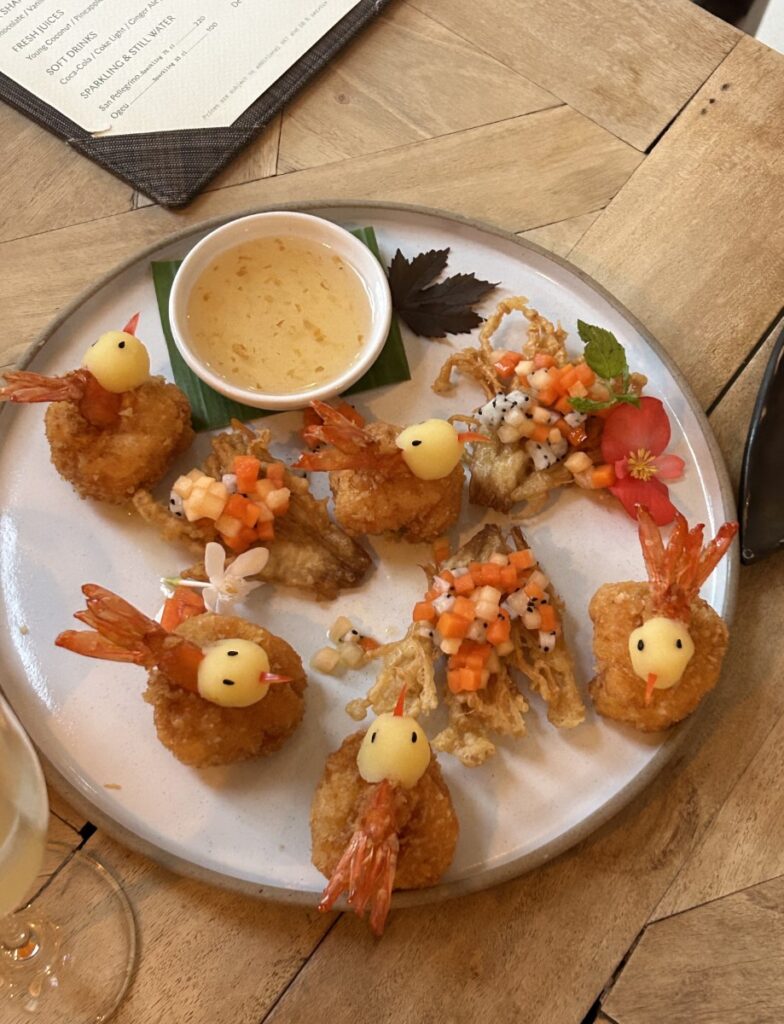
We enjoyed casual lunches at some of Khao Lak’s breakout stars. Nai Muang Khao Lak, an indoor-outdoor establishment in a festive boho-chic patio setting, called special attention to its Michelin Guide Plates on the menu. This meant that the Fried Seafood Spicy Salad was a must, as was the Yellow Curry with Crab and Betel Leaves. Even with other delicious options, it was hard to resist these indulgent dishes. Decadent dishes with a blast of chilies and other spices abounded at Baan Khaolak Seafood, where we opted for the Deep-Fried Mullet Fish with Turmeric, Spicy Shrimp Salad, Coconut Milk Soup with Miang Vegetables, and sharable fish and seafood finger foods bathed or marinated in a variety of condiments. Cooking classes are available at Riverside Thai Cooking and La Vita Sana, which will allow home cooks to recreate some of their favourite finds at home.
Getting from Khao Lak to Ko Phangan and Koh Samui via ferry not only provides an appreciation for the region’s maritime culture — and the delicious seafood harvested — but also reflects how the culture expresses itself differently from island to island. Sometimes it’s helpful to use Hawaii to put key destinations of Southern Thailand into context. If Phuket is a sort of equivalent to Waikiki, then Khao Lak would line up with Northern Oahu, and Koh Samui could be the region’s answer to Maui with its mix of luxury and approachable attractions. Koh Phangan, which is more down-to-earth than Koh Samui, would remind some of the more laid-back Kauai. While hotels and restaurants run a little less fancy here, there are plenty of beautiful places to bask in the sun, appreciate the tropical vegetation, and enjoy Thai fare.
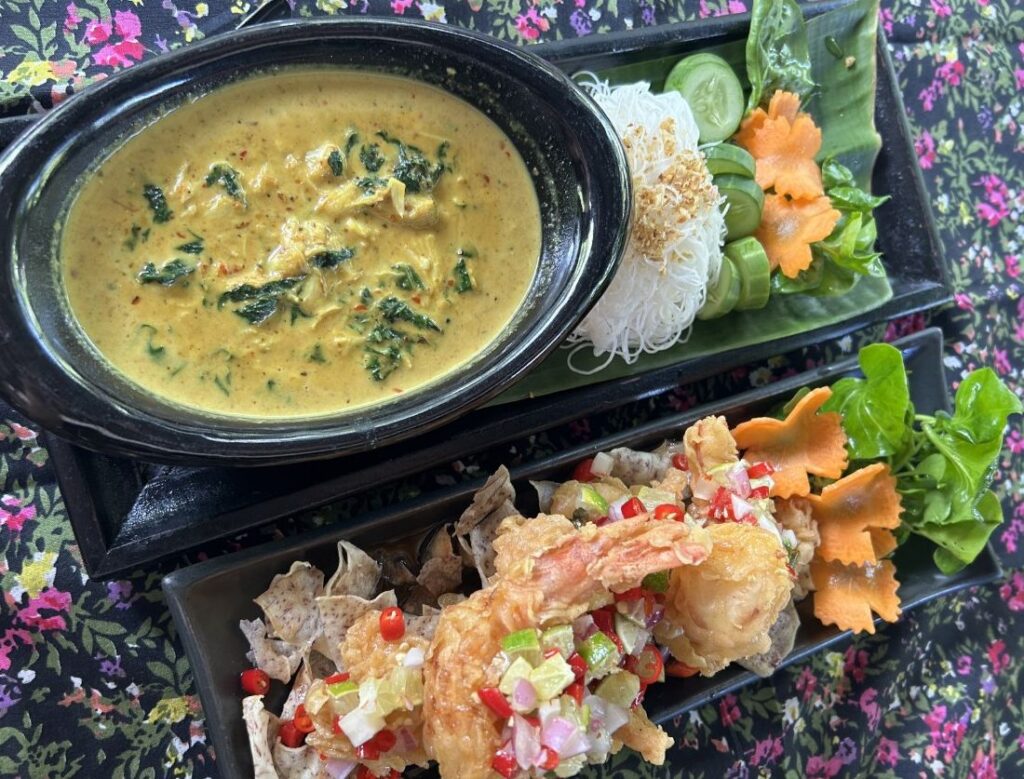
While Chantaramas Beach Resort is affordable, there is stylish decor in the rooms and around the property, warm hospitality to spare (including the owners’ family of beagles greeting every new guest), and some compelling extras. It would probably earn the equivalent of a Bib Gourmand if such a thing existed for hotels and resorts. It is not only designed with heart by a woman carrying on her family’s hospitality business legacy, but also with a lot of intention through its “Zero Waste” management. Kitchen staff and guests are encouraged to place food leftovers into compost bins around the property to keep its trees and plants well nourished. There are message boards documenting eco-focused activities at the resort and around the island.
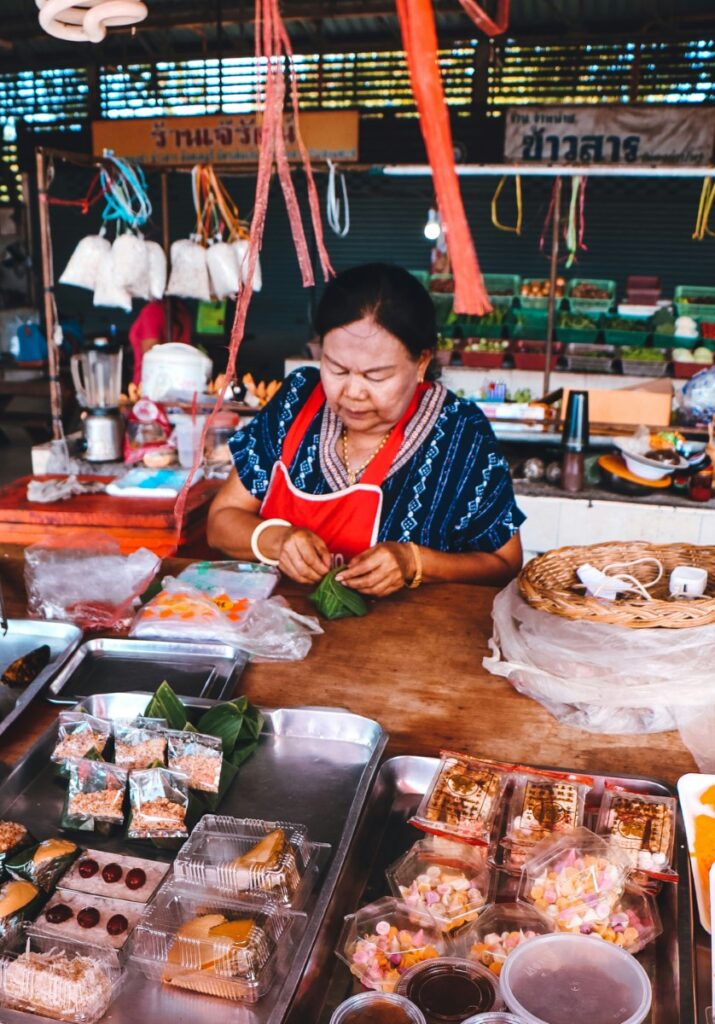
The resort also offers a shuttle to take guests into main town Thong Sala twice a day. It’s put to good use during the weekly Saturday Walking Street Market from 4:00-10:00 pm on Thong Sala’s “Chinese Street” near the pier where the interisland ferry docks. Food vendors run the gamut from local eateries specialized in one or two specific dishes to produce stands and those selling pastries mixing unexpected flavours and ingredients from the East and the West. Everything runs at a slower pace than night markets in major Asian cities so one can really take in the sights, aromas, and a beautiful sunset.
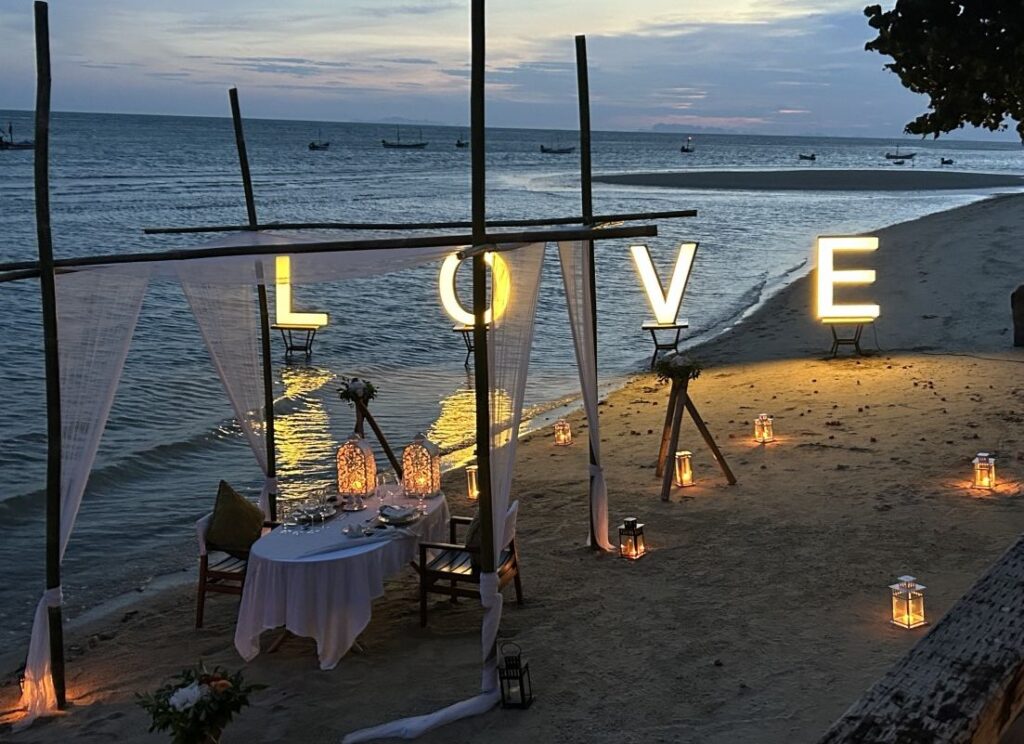
Chanteramas’ Moon Deck Restaurant by night is as romantic as any beachside dining amenity at a five-star property, down to its fanciful lighting and the natural attributes of the shoreline. What sets it apart, however, is the added influence of Burmese cuisine based on the owners’ family roots. The kitchen is particularly proud of its Burmese Salad with Tea Leaves, which in June was followed by Chicken Curry with Jackfruit Seed, Deep Fried Fish with Three-Flavour Sauce, Stir-fried Squid, and brown rice. The Emerald of Phangan, its signature cocktail, is the ultimate gin-based beach cocktail alive with fresh ginger, lime, lemongrass, and house-made green apple sorbet. The staff will also remind you with a smile that the herbs and organic vegetables used for the dinner and daytime cooking classes come from the resort’s own organic herb farm.
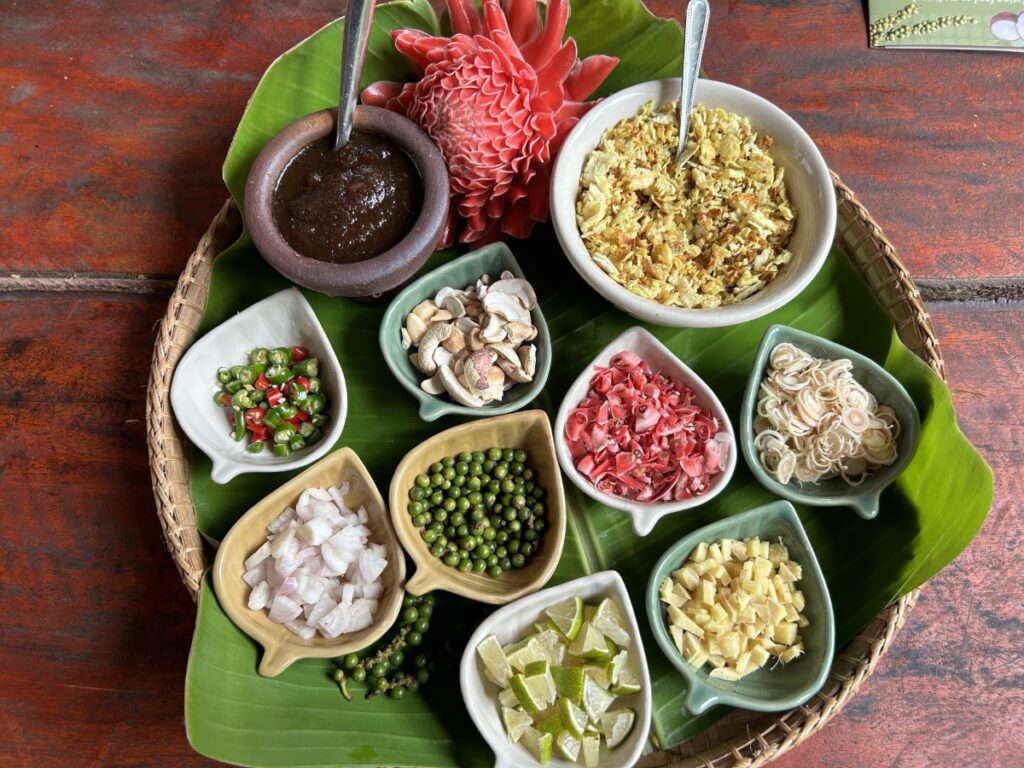
While Nang View has not (yet) received a Bib Gourmand, Chanteramas’ staff and yoga instructor refer to it as one of their hangouts of choice. Though some visitors weighing in on travel review sites had issues with the slow service, taking the time to observe the owner in action communicates that whatever you order would be the kinds of things your Thai grandmother would make. Of course, this grandmother would insist spice and fermentation are good for you, based on the many sour and hot curries, hearty salad, and fried seafood options listed on the menu. A ten-minute drive from Chanteramas, the stylish Sand & Tan at the Bayshore Resort serves up the perfect antidote to a late afternoon Nang View feast (as well as the rollicking Moon Parties the islands are famous for) with its excellent fresh-fruit cocktails and mocktails, light bites, and smooth jazz.
As one of the most popular island destinations in Southeast Asia, Koh Samui has an impressive number of luxury properties (including The Four Seasons Koh Samui, which will figure heavily in the third season of HBO’s “White Lotus”) as well as a wide selection of eateries along the boutique- and bar-lined streets of Bophut and Chaweng. Shortly after arrival and some distance from the fancy boutiques, my travel companion thought we should opt for a local favourite, Umi Yaki Buffet which is modest in décor but constantly busy. The menu offers an imaginative hybrid of Thai, Korean and Japanese foods and flavours. After submitting a selection form (or two) to the server, the “buffet” of choice (there are four options, ranging from vegan to full-on carnivore) is brought to the guests’ table, which is fitted with a grill and sukiyaki stove. The condiments, choice of soup bases (there are Thai, Japanese, and Korean broths available), and the extraordinary quality of the wagyu beef and seafoods match the caliber of elaborately decorated big city counterparts that run three times the price.
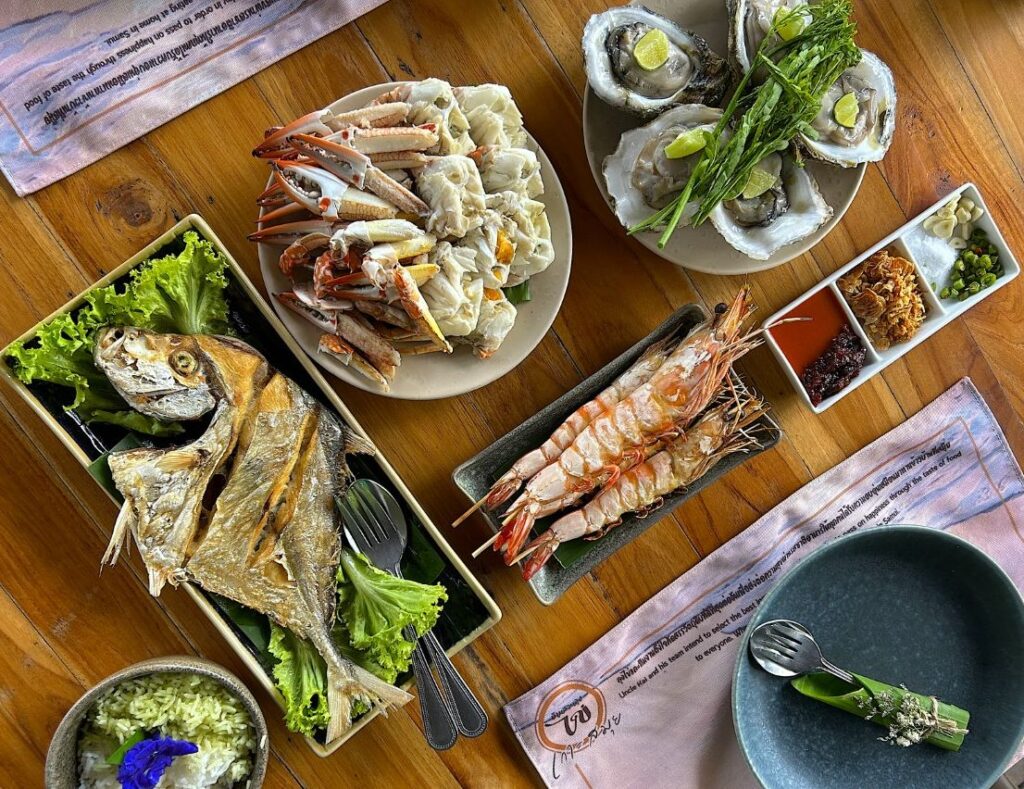
Our last big meal before heading to Bangkok and, two days later, to the States, was at Baan Suan Lung Khai (Uncle Khai’s Garden House). Rumored to be one of the best-known Michelin Bib Gourmand eateries in Southern Thailand, it is regularly booked solid because of the ambiance and the kitchen’s transformation of freshly caught fish and seafood, rich coconut curries, and fresh vegetables into elevated expressions of Southern Thai staples. The chef-owner’s home with wooden-decked veranda and jungle foliage perfectly frames the clean flavours of aromatic fresh oysters, grilled seafood, and sides served under netting to keep insects at bay. This chef has attained legendary status for his deep relationshipswith local farmers, fishermen and other purveyors.
Large portions, fresh ingredients, community based, and welcoming owners make up the thread running through these mainland and island restaurants. Bib Gourmand-rated or otherwise, they certainly prove that “Southern Hospitality” is not limited to the United States.

